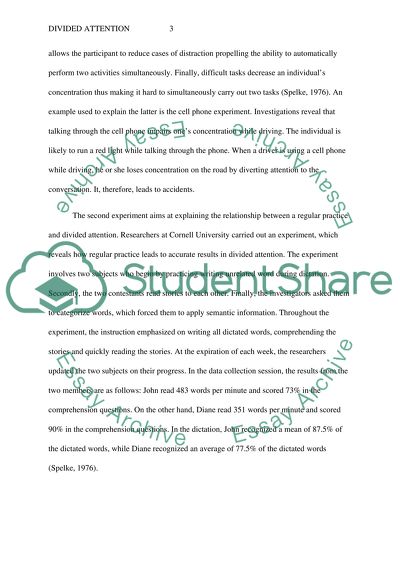Cite this document
(“Divided attention Term Paper Example | Topics and Well Written Essays - 2000 words”, n.d.)
Retrieved from https://studentshare.org/psychology/1638828-divided-attention
Retrieved from https://studentshare.org/psychology/1638828-divided-attention
(Divided Attention Term Paper Example | Topics and Well Written Essays - 2000 Words)
https://studentshare.org/psychology/1638828-divided-attention.
https://studentshare.org/psychology/1638828-divided-attention.
“Divided Attention Term Paper Example | Topics and Well Written Essays - 2000 Words”, n.d. https://studentshare.org/psychology/1638828-divided-attention.


